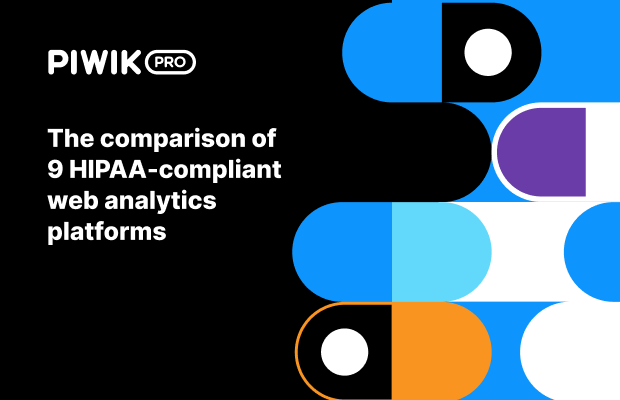First-party Cookies are created by a visited website a visitor entered directly. Using first-party cookies means it’s your domain collecting data. This translates into greater control and full ownership of data. In other words, you can handle the data responsibly and safeguard it as best as possible.
Website owners can use cookies to automatically log users in, remember language settings, gather analytics data for content personalization, and do other functions that ensure a better user experience.
In practice, using first-party cookies means that the cookies are placed under the website’s owner’s own business domain directly, with no hidden redirects to another domain. It means that they don’t share information with other websites or advertising partners. Thus, not only are first-party cookies better able to track far more than third-party cookies, but first-party data is also much more secure.
First-party cookies function by default in browsers that block third-party cookies (also in Google Chrome). They can be blocked or deleted by the user.
Consent is necessary for first-party analytics cookies, even though they may not seem as intrusive as third-party cookies that can track a user across multiple sites or devices.
Find more details about first-party cookies on the Piwik PRO blog:
First-party vs third-party cookies: why first-party is the way to go
Everything you need to know about cookie consent in the EU









